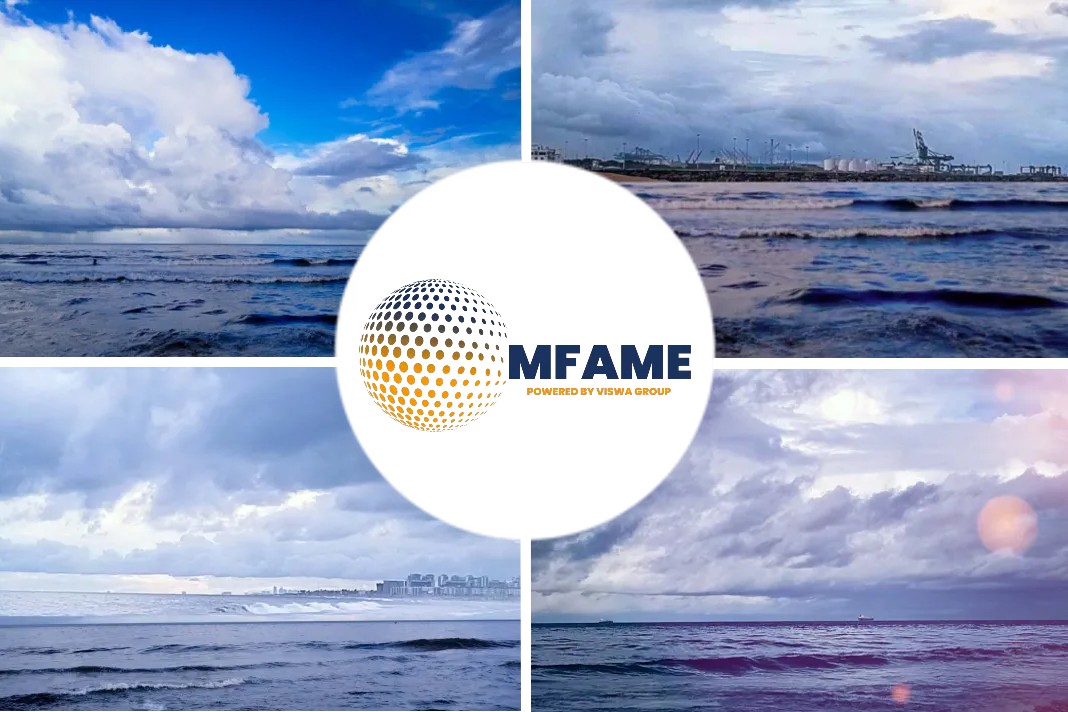 Wharfage charge is a term that often raises questions among shippers. This could be so because it is sometimes shown separately in the invoice to the shipper and sometimes it does not appear at all. So, who issues wharfage charges, and what is it for?
Wharfage charge is a term that often raises questions among shippers. This could be so because it is sometimes shown separately in the invoice to the shipper and sometimes it does not appear at all. So, who issues wharfage charges, and what is it for?
What does the term “Wharfage” refer to?
It refers to the fee charged by the freight terminal on passage of cargo or merchandise through it. It does not include charges like sorting, weighing, marking, sampling, inspecting, loading, unloading, demurrage, or any other charge by a state or central government.
Wharfage charge is applicable at the port of origin (outbound cargo) as well as the destination port (inbound cargo). Any cargo that passes through a port for loading on board an ocean vessel or after unloading from a ship, is subject to a wharfage charge.
How is it calculated?
It is calculated based on the weight of the cargo (in tons) or its volume (in cubic meters), whichever is greater. In certain cases, it is charged per unit.
Why is the wharfage charge also referred to as cargo dues?
Wharfage charge is also referred to as cargo dues. It may or may not appear in the invoice to the shipper from the terminal operator. If it is not shown separately, then it means the charge is aggregated with the terminal handling charge or THC.
The terminal handling charge is a collection of charges for using the terminal operator’s property and equipment for shipping goods from one port to another.
The charge includes stevedoring and it may also include wharfage. Sometimes the wharfage charge is included in the base freight rate.
The custom of including wharfage in the terminal handling charge or showing it separately varies between ports and terminal operators.
Demurrage & Wharfage Charge
One charge that is often confused with the wharfage charge is demurrage. Demurrage is a cost to the importer of a shipment when the pick-up of goods from the port is delayed beyond a certain fixed period.
Exporters may also incur demurrage under certain circumstances when their cargo remains in port without being loaded onboard the vessel it is intended for. Demurrage is the cost as a result of delay within the port that is charged by the ocean carrier to the customer.
On the other hand, the wharfage charge is based on the vessel tonnage that is distributed among the different customers who have their cargo in the vessel.
Demurrage charges are different between carriers, ports, and the type of equipment used – dry or reefer (refrigerated) container.
Costing of Wharfage Charges
As with any costing in general, wharfage charges require careful study and application of the cost components. Errors can be costly resulting in huge losses for the port operator.
High wharfage charges can prompt users of the port to seek other ports or cheaper options. In such a case, the volume of cargo will decrease and ships will stop calling at such a port. Some of the important factors to consider while costing wharfage charges are given below.
Costs for providing facilities and services are incurred by the terminal operator. The benefits of these facilities and services at the port are enjoyed by the exporters, importers, and vessel operators. The income from these users represents the flow of cash to the port.
The port terminal operator has to identify those services and facilities that will help users and implement these services and facilities for a fee.
Did you subscribe to our daily newsletter?
It’s Free! Click here to Subscribe!
Source: marine insight

















